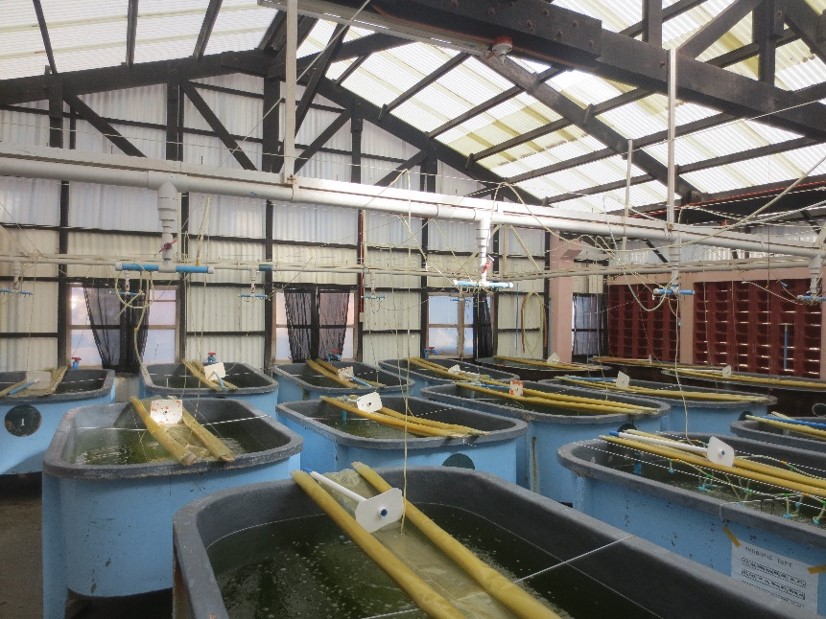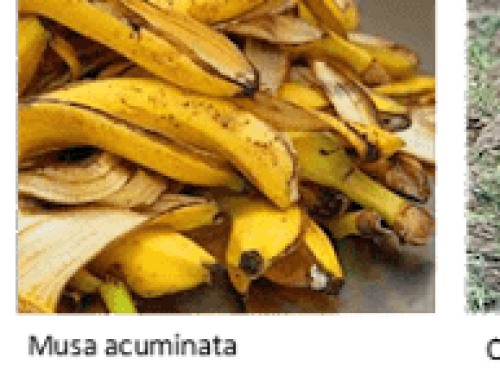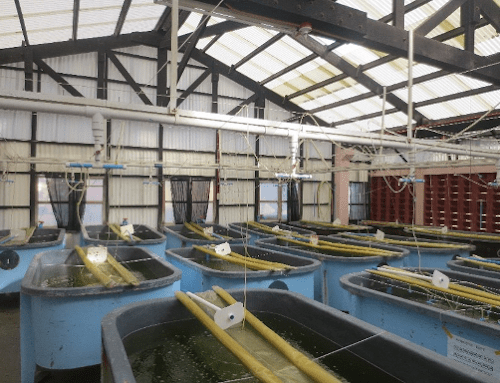In this Article

The project will be implemented in Alaminos City, Pangasinan wherein a turn key arrangement will be forged by PSU with the Municipal LGU. With the funding support of PCAARRD, the PSU will establish a commercial scale mangrove crab hatchery using the prototype developed by SEAFDEC-AQD in Guindulman, Bohol which is capable of producing about 96,000 crab instar 1 per run (35-50 days) for about 6 runs in a year. The improved technologies that will be featured in this project are as follows: the techniques for mass production of marine annelids as feed for mangrove crab broodstock; larval rearing technology; efficient diets for nursery culture; reduction of cannibalism in mangrove crab nursery; and protocols for the production of hatchery-reared mangrove crab juveniles.
Both PSU and LGU Alaminos personnel will undergo extensive training on mangrove crab hatchery and management at the SEAFDEC-AQD Headquarters in Tigbauan, Iloilo. Also, a SEAFDEC technician will periodically conduct in-situ hands-on training on all facets of mangrove crab operations. The Municipal LGU will establish the mangrove crab hatchery as its counterpart in addition to the land for the hatchery. They will be provided with technical support by the PSU and SEAFDEC-AQD Researcher/Scientist. Once the hatchery is ready for operation, natural food (green microalgae and rotifers) will be mass produced and mangrove crab, Scylla serrata broodstock will be obtained from the nearest sources. Broodstock will be fed mollusk, low value fish, and marine annelids.
The hatchery protocol modified in Projects 1 and 2 of Program A will be followed in the present study. The larvae will be fed rotifers (10-15 ind/ml) and commercially available artificial diet (2.0 mg/l increment per substage) containing 50% protein, 9% fat, minerals, vitamins and fibers. Artemia will be given to the later stage of zoea at 0.5-1 ind/ml. Water change (30-50%) will be done every 5 days. A technician from SEAFDEC-AQD under the supervision of the Crab Expert will guide the trained technician of LGU and other aides/laborers in the actual hatchery operation. Daily discussions will be done to enhance understanding of the activities by the hatchery staff. This will also make them more confident in conducting the succeeding runs. Full responsibility in the hatchery operation will be turned over to the LGU after about two successful runs. However, constant monitoring of the activities will be done until the end of the PCAARRD Project.








